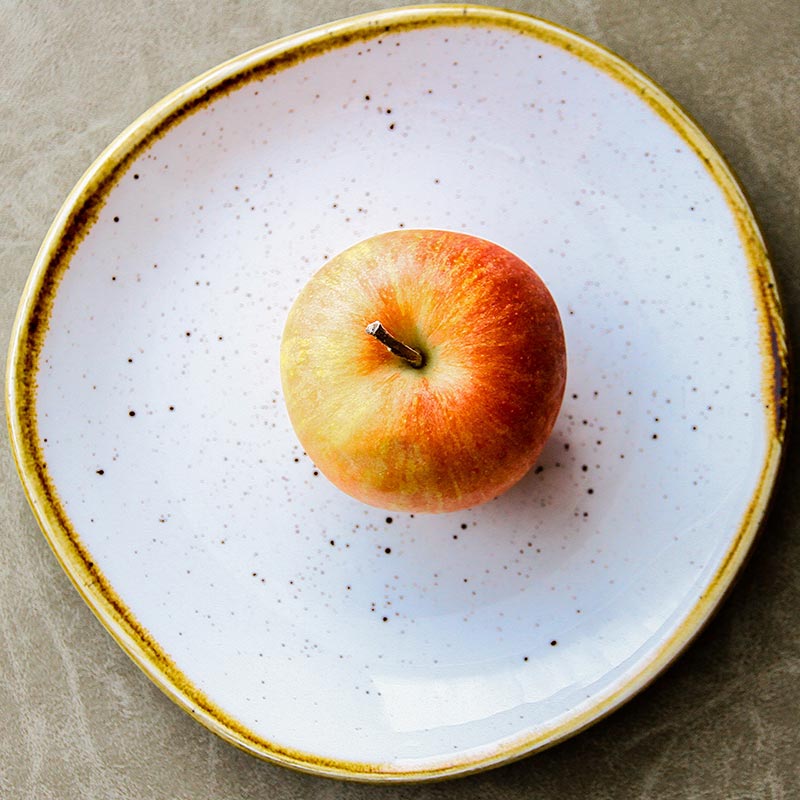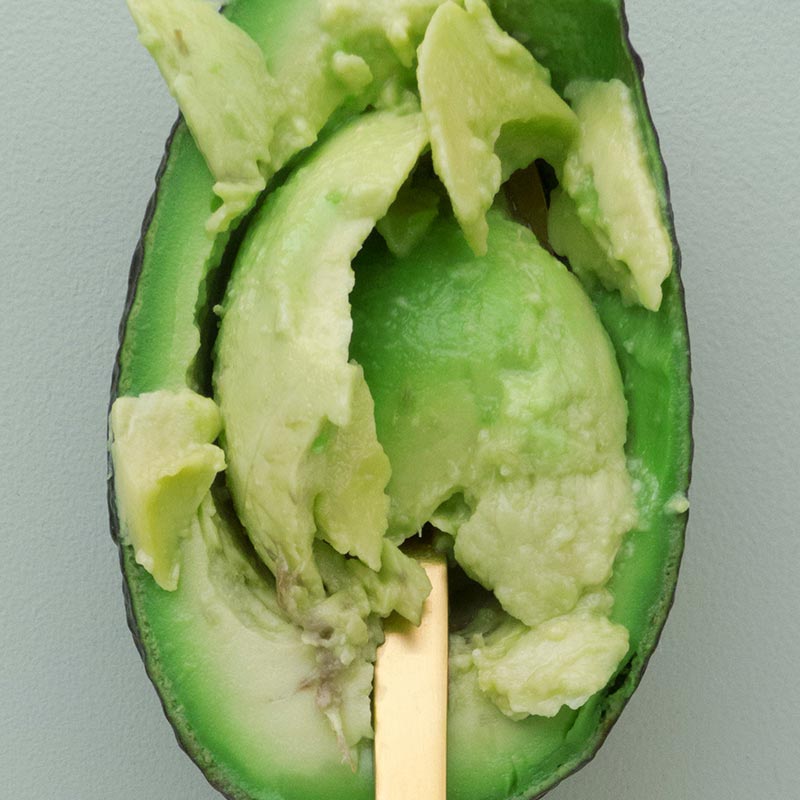Mulberries are the fruits of mulberry trees (Morus sp.) and related to figs and breadfruit.
The trees are traditionally grown for their leaves — mainly in Asia and North America — as they’re the only food that silkworms eat.
They carry colorful berries — most commonly black, white, or red — that are often made into fruit juice, tea, jam, or canned foods, but can also be dried and eaten as a snack.
Due to their sweet flavor, impressive nutritional value, and various health benefits, mulberries are gaining popularity worldwide
Black (Morus nigra) mulberries are thought to have originated in the mountainous areas of Mesopotamia and Persia and are now widespread throughout Afghanistan, Iraq, Iran, India, Pakistan, Syria, Lebanon, Jordan, Palestine, and Turkey, where the tree and the fruit are known by the Persian-derived names toot (mulberry) or shahtoot (شاه توت) (king’s or “superior” mulberry), or, in Arabic, shajarat tukki. Jams and sherbets are often made from the fruit in this region.
Nutrition Facts
Here are the main nutrients in a 3.5-ounce (100-gram) serving of fresh mulberries :
- Calories: 43
- Water: 88%
- Protein: 1.4 grams
- Carbs: 9.8 grams
- Sugar: 8.1. grams
- Fiber: 1.7 grams
- Fat: 0.4 grams
Carbs
Fresh mulberries consist of 9.8% carbs, or 14 grams per cup (140 grams).
These carbs are mostly simple sugars, such as glucose and fructose, but also contain some starch and fiber.














